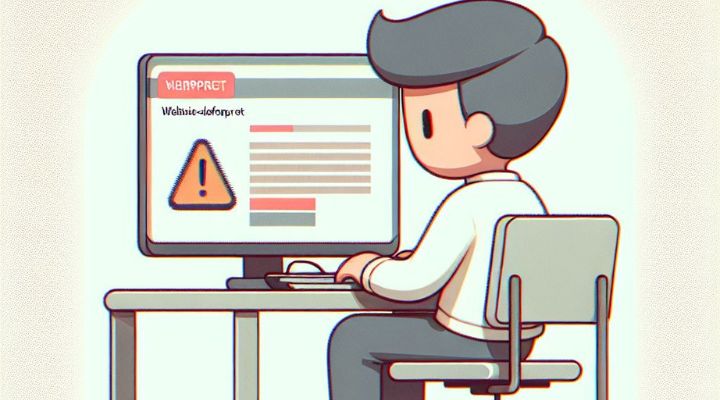Can Malware Really Deface Websites? Understanding the Threat to Your Favorite Sites
Have you ever landed on a website only to see strange messages, distorted images, or unexpected content? It can be a jarring experience, leaving you wondering if you’re in the right place—or if something has gone seriously wrong. This unsettling transformation is often the work of malware, a type of malicious software that can manipulate, damage, or even deface websites. In this post, we’ll explore how malware can alter the appearance of websites, why this happens, and what you can do to keep your browsing safe.
What is Malware and How Does It Affect Websites?
Malware, short for malicious software, comes in many forms and serves many purposes. Some malware is designed to steal data, while other types are used to disrupt services or deface websites. When malware attacks a website, it can alter visuals, add unwanted text, or inject offensive content. These tactics can damage the website's reputation, create a bad experience for visitors, and cause financial losses.

Common Ways Malware Defaces Websites
When malware takes aim at websites, it doesn’t always stick to one method. Some of the most common tactics include:
- • Changing visual elements: Hackers might replace or cover logos, insert offensive messages, or modify key images.
- • Injecting spammy or harmful links: A hacked website may direct visitors to suspicious pages or show ads.
- • Altering layout and design: Malware may completely disrupt a website’s layout, replacing a professional-looking design with something chaotic.
For instance, the 2015 defacement of Google’s Vietnam website left visitors staring at a radically altered homepage, with a loud message from the attackers. This is a reminder of how even large companies aren’t immune from these disruptions.
Why Do Attackers Deface Websites?
Attackers deface websites for several reasons. It could be for ideological reasons (hacktivism), to make a statement, or simply to create chaos. Defacing a high-traffic website can also be a way to display technical prowess, almost like leaving a signature on a digital wall.
One infamous example was the 2013 hack of several news websites, where attackers left politically motivated messages. By defacing these sites, they gained a platform for their messages while showcasing their hacking abilities.

What Can You Do to Stay Safe as a Visitor?
If you’re just a visitor, you may feel that there’s little you can do to prevent malware from affecting websites you visit. However, there are some precautions you can take:
- • Use trusted URL checkers: Before clicking on an unfamiliar link, use a URL checker to verify its legitimacy. This helps ensure that the website is safe and reduces the risk of encountering malware. [Check websites for safety and reliability with our URL checker tool].
- • Avoid public Wi-Fi: Public networks can be insecure and leave you more exposed to harmful sites.
- • Install a reputable security extension: Browser extensions that flag or block suspicious websites can help you avoid risky sites.
Conclusion
Website defacement is a real and persistent issue that affects websites of all sizes and types. While the impacts can be damaging, there are ways to protect yourself from becoming a victim. Being cautious about the links you click, verifying site security, and checking websites for safety and reliability with tools like our URL checker can make a big difference. Have you ever encountered a defaced website? How did it make you feel? Share your thoughts below!